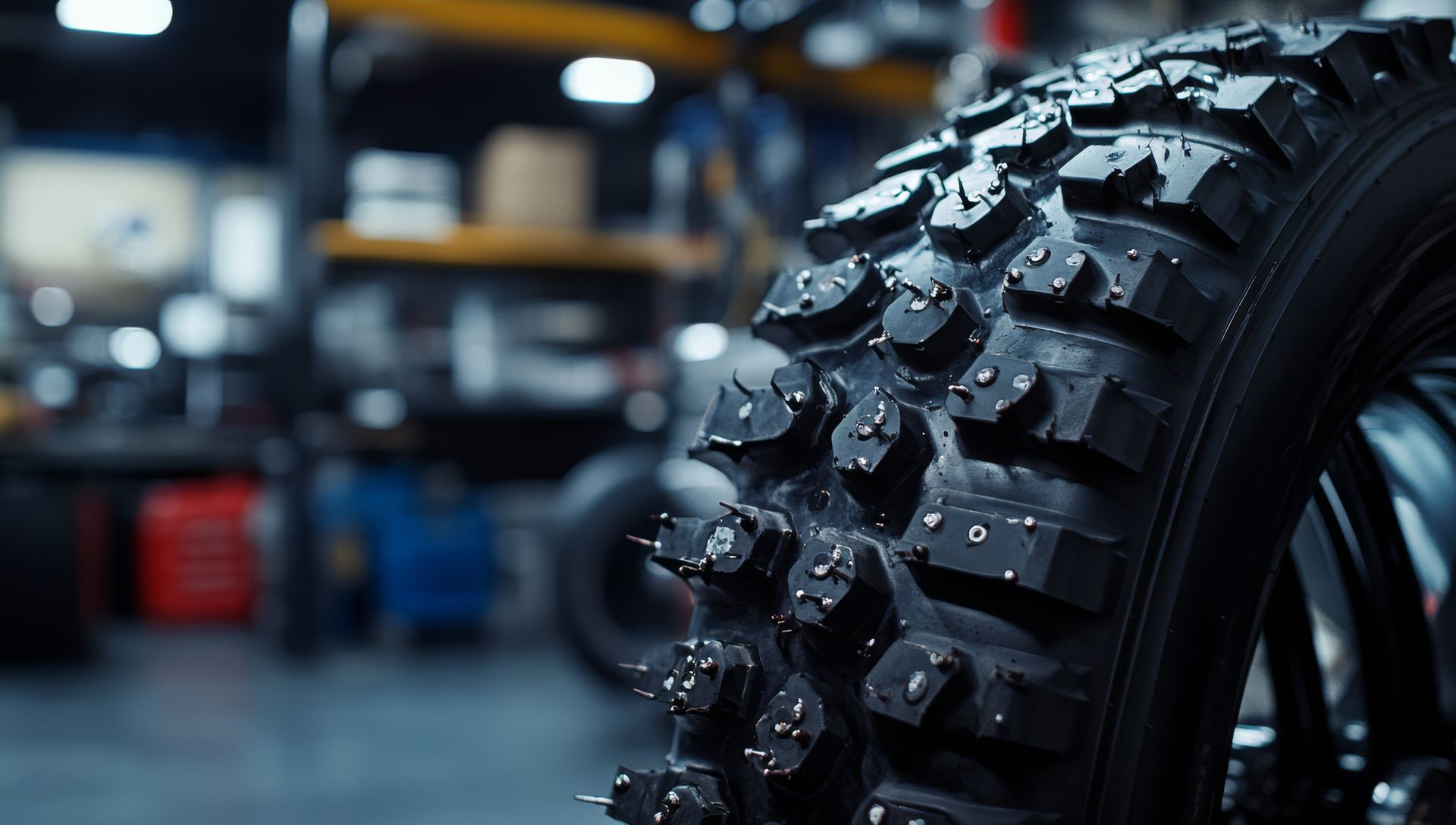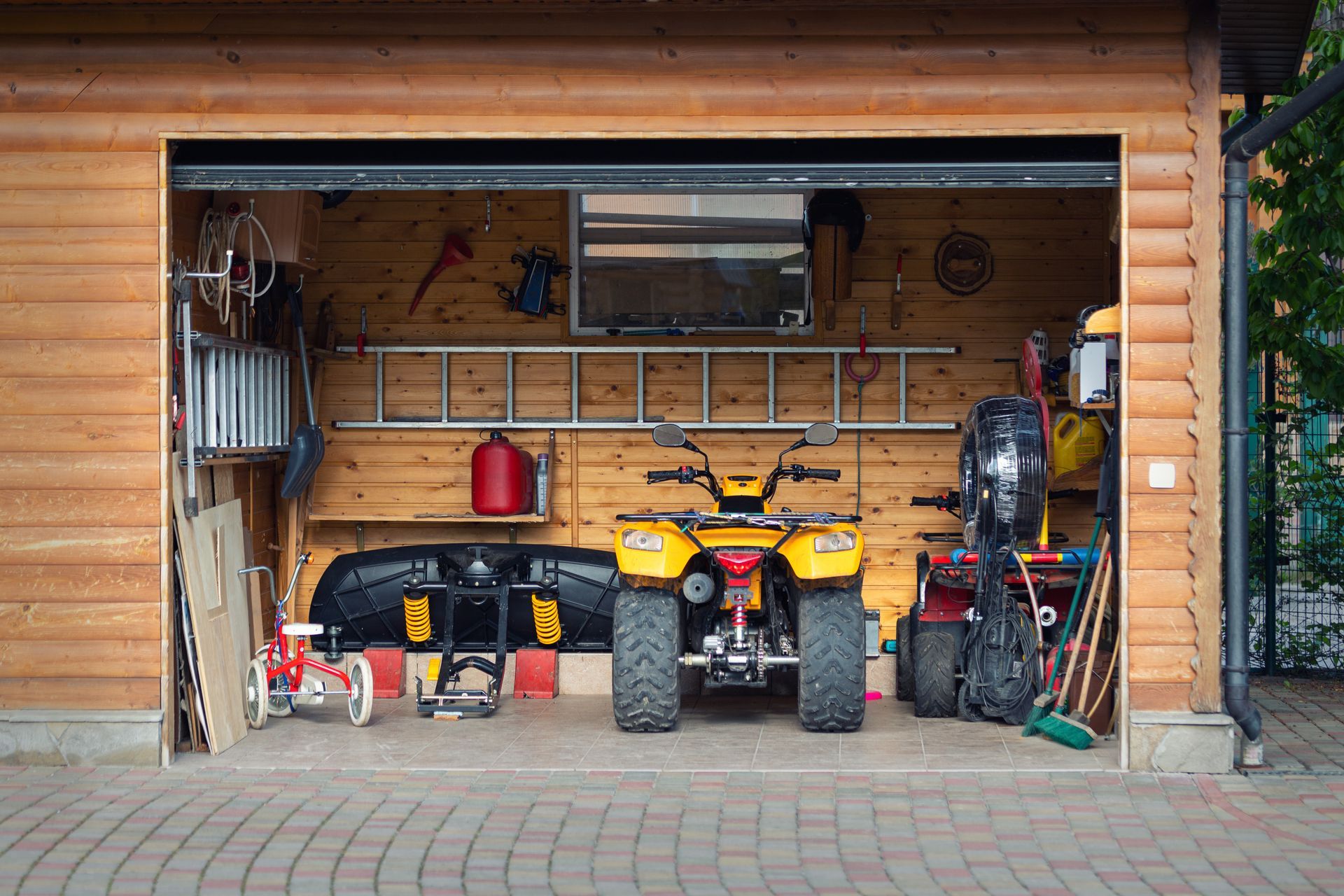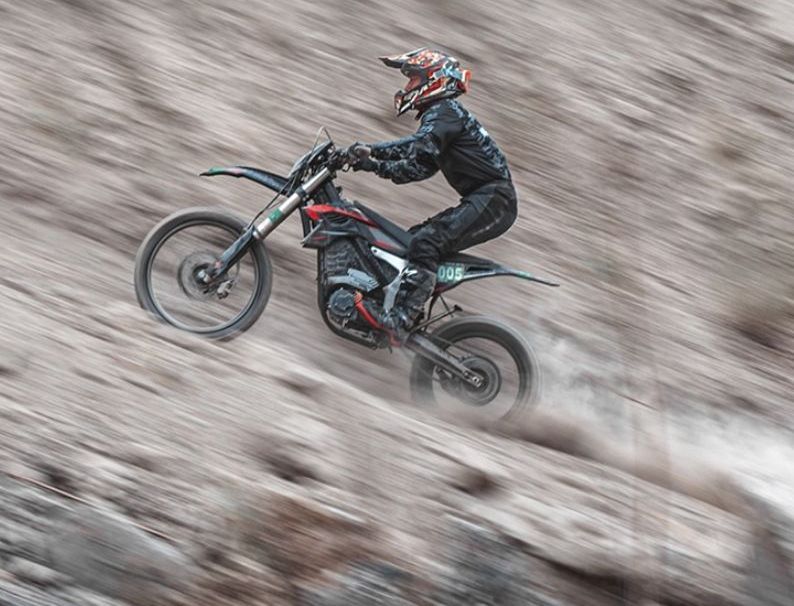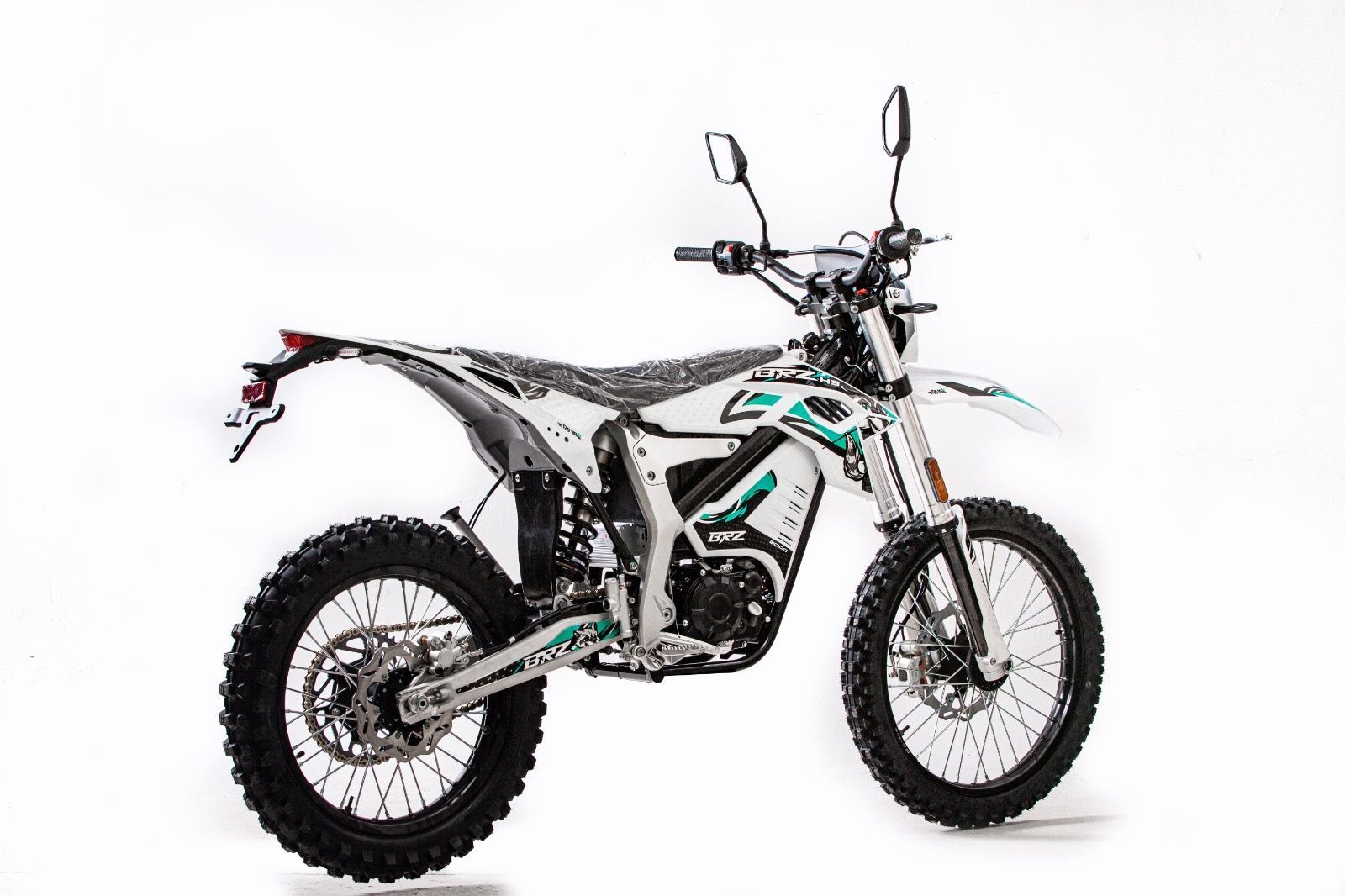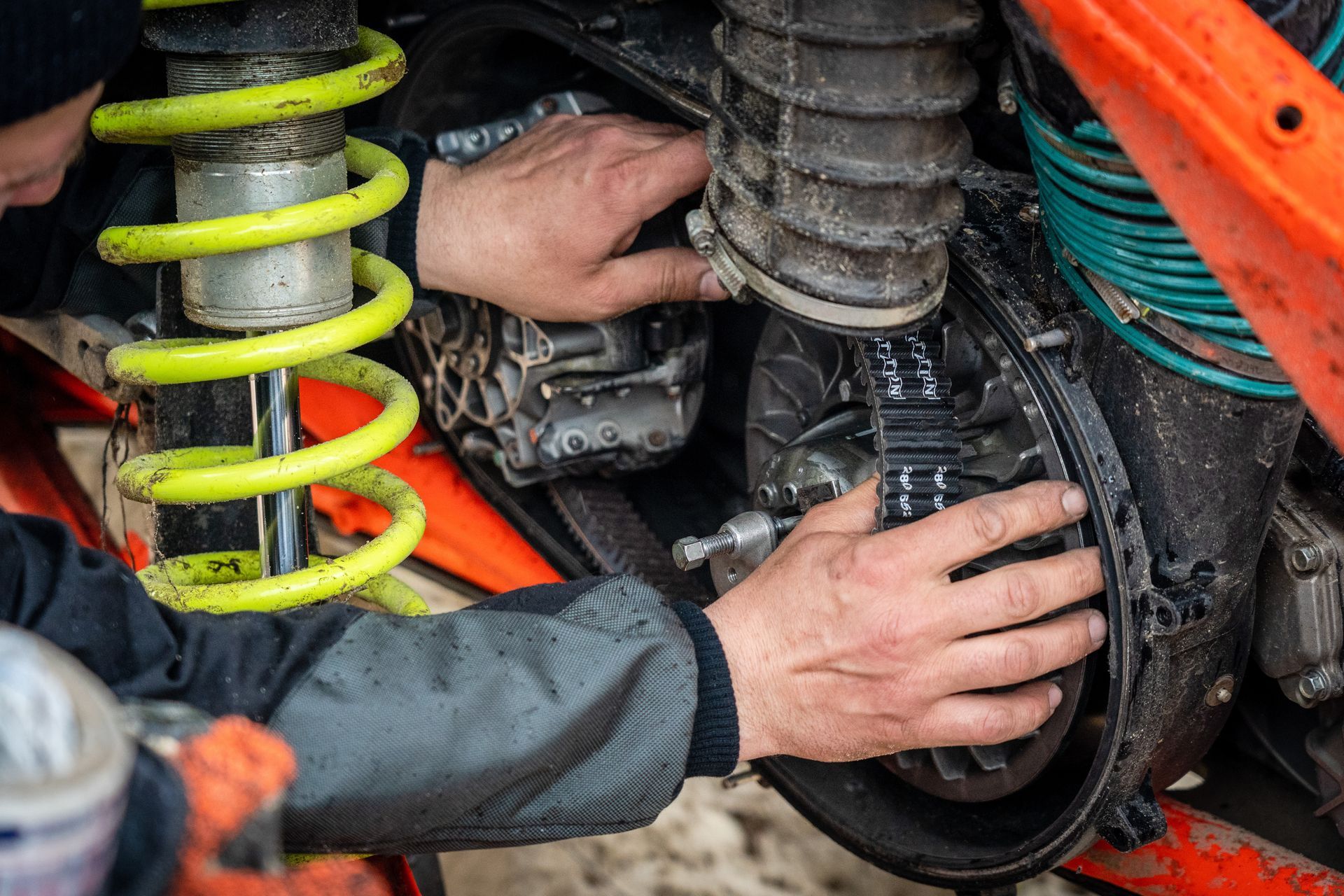Petrol vs. Electric Quad Bikes: Which is Best for Your Child?
Petrol vs. Electric Quad Bikes - Which One is Right for Your Child?
When deciding on a quad bike for your child, one of the most common questions parents ask is: "What’s the difference between petrol and electric quads?" Understanding the nuances between these two options can make all the difference in choosing the right one for your child. Let's break down the key differences so you can make an informed decision.
Key Differences Between Petrol and Electric Quad Bikes
1. Noise Levels
One of the most immediately noticeable differences between petrol and electric quad bikes is the noise they produce. Petrol quad bikes are significantly louder. The roaring engine can be thrilling for some, especially for petrol enthusiasts who enjoy the rumble of an engine. However, this noise can also be a downside, particularly if you're riding in residential areas or places where neighbors might not appreciate the disturbance. In contrast, electric quad bikes are much quieter. This makes them a better choice for riding in areas where noise might be an issue, allowing your child to enjoy riding without drawing too much attention or causing a disturbance.
2. Speed Control
While both petrol and electric quads can be speed-restricted, the way this is done differs.
- Petrol Quads: On a 50cc petrol quad, the speed is controlled via a screw. By adjusting the screw, you can control how fast the bike goes. The further you screw it in, the slower the bike will go. This is a simple yet effective way to limit the speed and make the bike more manageable for younger riders.
- Electric Quads: Electric quads have a speed key that allows parents to control the speed more easily and with greater precision. Most electric quads come with three settings: low, medium, and high. These settings typically correspond to speeds of around 7 mph for low, 14-15 mph for medium, and 22 mph for high. The ability to control speed through these pre-set modes makes electric quads more flexible, particularly for parents who want to ensure their child rides safely at different stages of their development.
3. Performance
Performance is another area where these two types of quads differ significantly.
- Petrol Quads: With petrol engines, the performance can sometimes feel sluggish, especially when you first start the engine. Like any engine-powered vehicle, the petrol quad needs to warm up, and you might find that there’s a delay in throttle response.
- Electric Quads: In contrast, electric quads offer instant power. There’s no need to wait for an engine to warm up. The electric motor provides immediate torque when you twist the throttle, which means your child can experience smooth and responsive acceleration right from the start.
4. Reverse Gear
One advantage that electric quad bikes have over their petrol counterparts is the inclusion of a reverse gear. Most petrol quad bikes don’t have this feature, which can make maneuvering more difficult for younger riders, especially in tight spaces. Electric quads, on the other hand, come equipped with reverse, making it easier for kids to back out of tricky situations or reposition their bikes.
5. Additional Features
Electric quads also come with additional modern features such as working lights and indicators. These elements not only enhance the look of the bike but also make them more practical, especially if your child will be riding in low-light conditions or indoors. These features are not typically found on petrol quad bikes, which tend to have a more traditional, stripped-back design.
6. Price Differences
Price is another key factor to consider. As of today, a petrol quad bike is priced around £359, while an electric quad bike is priced at £499. While electric quads are generally more expensive upfront, their benefits, such as quieter operation, easier speed control, and additional features like reverse gear, might justify the higher price for some families. Additionally, electric quads don’t require fuel, so long-term operational costs can be lower compared to petrol quads.
7. Age Recommendations
Both types of quads are commonly purchased for children between the ages of 3 and 9 years old. The choice between petrol and electric will largely depend on your child’s riding experience and your preferences as a parent. If your child is a beginner, the smoother, quieter, and more easily controlled electric quad might be the better option. However, if your child has a bit more experience and enjoys the thrill of a traditional engine, a petrol quad could be a great choice.
Why You Should Consider an Electric Quad
If you’re still undecided, here are some reasons why electric quads are becoming increasingly popular among parents:
- Quieter Operation: You don’t have to worry about noise complaints from neighbors or waking up the entire household when your child rides their quad.
- Better Control: The ability to easily switch between speed modes makes electric quads ideal for younger riders who are just learning the ropes.
- Immediate Power: With an electric quad, your child doesn’t have to wait for the engine to warm up—instant acceleration makes for a more enjoyable ride.
- Reverse Gear: This feature adds another layer of convenience, especially when riding in small spaces.
Why Petrol Quads Are Still a Great Option
For those who love the feel of a petrol engine, here’s why a petrol quad might still be the better choice:
- Engine Power: Petrol quads provide that classic engine sound and feel, offering a more traditional riding experience.
- Best Seller Appeal: Despite the rise in popularity of electric quads, petrol quads remain best sellers—particularly in pink, surprisingly enough!
Expert Conclusion
Whether you choose a petrol or electric quad bike, both options offer a fun and exciting way for your child to enjoy outdoor activities. If you value quiet operation and ease of control, an electric quad might be the perfect choice. However, if you or your child have a passion for petrol engines and you’re looking for a bit more traditional thrill, a petrol quad could be just the thing.
Ultimately, the decision comes down to your child’s needs, riding environment, and personal preference. Whichever you choose, both petrol and electric quad bikes are fantastic options for young riders ready to hit the trail!
BIKE FINDER CLICK HERE

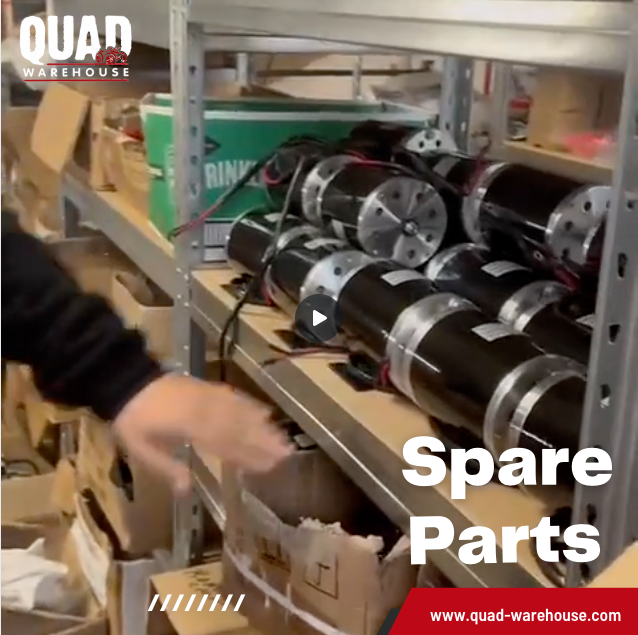
TEL: 01773 432102
MOBILE: 07851 116845
EMAIL: info@quad-warehouse.com
HEAD OFFICE
Devonshire Industrial Hamlet
Unit 6D Station road,
Brimington
Chesterfield
S43 1JU
VAT NUMBER
378886809
Quad-Warehouse Ltd is registered in England and Wales No 11397733.
Disclaimer: The recommended age and height for bike usage are provided as general guidelines. Actual suitability should be determined at the discretion of the parent or owner.

